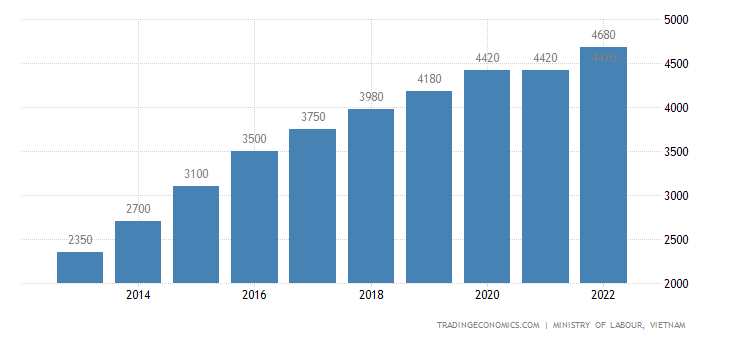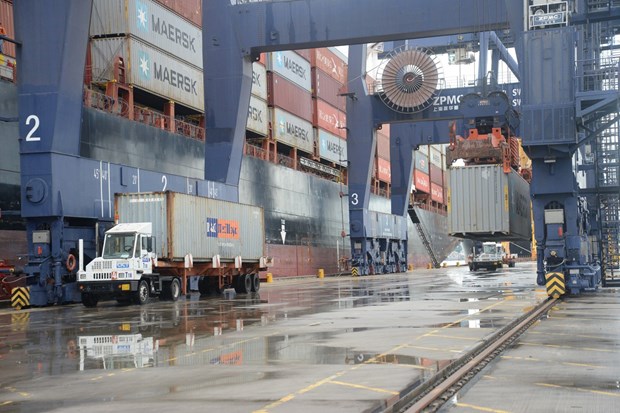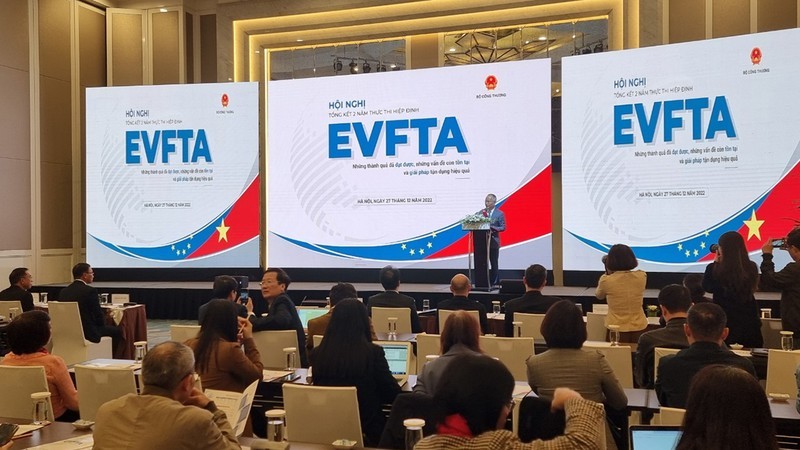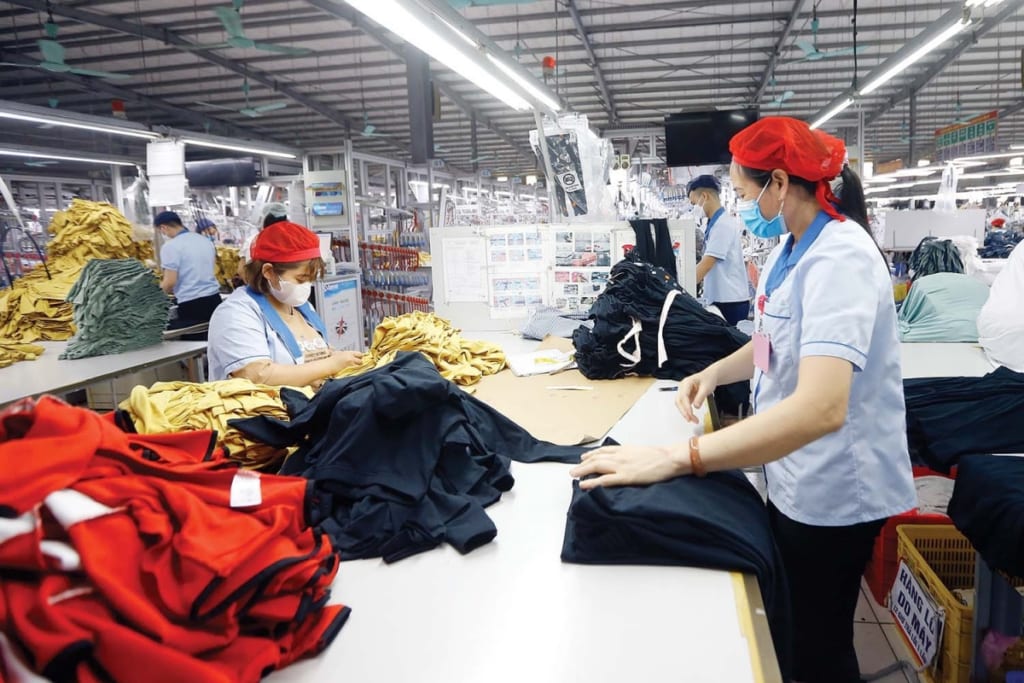Introduction
When it comes to global business and outsourcing, Vietnam has emerged as an attractive destination due to its competitive labor rates. Understanding the labor rate in Vietnam is crucial for companies seeking cost-effective solutions and exploring opportunities in the Vietnamese market. In this article, we will delve into the various factors influencing labor costs in Vietnam, explore the average rates across different industries, highlight the benefits of outsourcing to Vietnam, discuss the challenges and risks involved, and provide useful tips for negotiating favorable labor rates.
Understanding the Labor Rate in Vietnam
To comprehend the labor rate in Vietnam, it is essential to consider several key factors that contribute to the overall cost of labor. These factors include the skill level of the workforce, supply and demand dynamics, and economic factors affecting the country’s labor market.
Skilled vs. Unskilled Labor
Vietnam has a diverse labor force, ranging from low-skilled workers to highly specialized professionals. The wages of skilled labor tend to be higher compared to unskilled or semi-skilled workers. This distinction is vital for businesses seeking specific expertise or technical knowledge.
Supply and Demand
The balance between labor supply and demand plays a significant role in determining labor rates. In regions where the demand for labor surpasses the supply, such as major industrial centers, labor rates tend to be higher. Conversely, in areas with an abundance of available labor, rates are more competitive.
Economic Factors that Affect the Labor Rate in Vietnam
The economic landscape of Vietnam, including inflation rates, currency fluctuations, and the overall cost of living, can influence labor costs. Factors like economic growth, stability, and government policies also impact the labor market.
Industries and Average Labor Rate in Vietnam
Labor rates in Vietnam vary across different industries due to factors such as skill requirements, demand, and competitiveness. Let’s explore the average labor rates in some key sectors:
Manufacturing
Vietnam has become a prominent hub for manufacturing, particularly in industries like electronics, automotive, and machinery. Skilled workers in this sector can command higher wages compared to industries with less specialized labor. On average, manufacturing labor rates range from $150 to $350 per month, depending on the skill level and location.
Information Technology
The IT industry in Vietnam has experienced rapid growth, fueled by a skilled workforce and favorable investment climate. IT professionals, such as software developers and programmers, generally earn higher salaries. The average labor rate in the IT sector ranges from $400 to $1,200 per month, depending on the experience and specialization.
Textiles and Garments
Vietnam is one of the world’s leading exporters of textiles and garments, offering competitive labor rates in this sector. The average wages for workers in textiles and garments range from $120 to $250 per month, depending on the level of skill and location.
Tourism and Hospitality
The tourism and hospitality industry in Vietnam is flourishing, attracting a significant workforce. Labor rates in this sector vary depending on the job role and location. For example, hotel staff and tour guides may earn between $100 and $300 per month.
Benefits of Outsourcing to Vietnam
Companies looking to outsource their operations to Vietnam can enjoy several advantages, contributing to cost savings and improved business outcomes.
Cost Savings
One of the primary drivers for outsourcing to Vietnam is the cost advantage. The relatively low labor rates in the country allow businesses to reduce operational expenses significantly. This cost-effectiveness provides a competitive edge to companies looking to maximize their profitability.
Skilled Workforce
Vietnam boasts a young and dynamic workforce with a strong emphasis on education and technical skills development. Outsourcing to Vietnam provides access to a pool of skilled professionals, enabling businesses to tap into specialized talent that may be scarce or expensive in their home countries.
Favorable Business Environment
Vietnam has implemented various reforms to enhance its business environment and attract foreign investment. These reforms include tax incentives, streamlined regulations, and improved infrastructure. Such factors contribute to a conducive and supportive ecosystem for outsourced operations.
Challenges and Risks
While Vietnam offers attractive labor rates and numerous benefits, there are some challenges and risks businesses should be aware of before venturing into the Vietnamese market.
Language Barrier
Communication can sometimes be a hurdle due to the language barrier. Vietnamese is the primary language spoken in the country, and proficiency in English may vary among the local workforce. This can lead to potential miscommunications or difficulties in conveying complex instructions or requirements.
Cultural Differences
Cultural nuances and differences in work culture can impact business operations. Understanding and adapting to Vietnamese customs and practices is crucial to foster effective collaboration and minimize misunderstandings.
Legal and Regulatory Considerations
Foreign companies outsourcing to Vietnam must navigate the local legal and regulatory framework. Familiarity with labor laws, tax regulations, and intellectual property protection is essential to ensure compliance and mitigate legal risks.
Tips for Negotiating Labor Rate in Vietnam
When negotiating labor rates in Vietnam, businesses can employ certain strategies to secure favorable terms and maximize their value proposition.
- Conduct Market Research: Research the current labor market conditions, average rates, and industry benchmarks to establish a solid understanding of the prevailing labor rates.
- Emphasize Long-Term Partnerships: Demonstrating a commitment to long-term collaborations can help build trust and negotiate more favorable rates.
- Highlight Skill Requirements: Clearly communicate the specific skill sets and expertise required for the job to ensure accurate cost estimates and attract the right talent.
- Consider Regional Disparities: Take into account regional differences in labor rates, as wages can vary significantly between major cities and rural areas.
Conclusion
Vietnam offers competitive labor rates across various industries, making it an attractive destination for businesses seeking cost-effective outsourcing solutions. With a skilled workforce, favorable business environment, and potential for significant cost savings, Vietnam presents numerous opportunities for companies looking to expand their operations. However, businesses must also navigate challenges such as the language barrier, cultural differences, and legal considerations to ensure successful partnerships and mitigate risks.
FAQs
What is the average labor rate in Vietnam?
The average labor rate in Vietnam varies depending on the industry and skill level. In manufacturing, it ranges from $150 to $350 per month, while in the IT sector, it can be between $400 and $1,200 per month.
How do labor costs in Vietnam compare to other countries?
Compared to many other countries, Vietnam offers relatively low labor costs, making it an attractive destination for outsourcing and investment. However, labor costs may vary based on factors such as industry, skill requirements, and location.
Is Vietnam a good destination for outsourcing?
Yes, Vietnam is considered a favorable destination for outsourcing due to its competitive labor rates, skilled workforce, and supportive business environment. It offers significant cost savings and access to specialized talent.
What are the potential risks of outsourcing to Vietnam?
Potential risks of outsourcing to Vietnam include the language barrier, cultural differences, and legal and regulatory considerations. It’s important for businesses to understand and address these challenges to ensure successful partnerships.
How can businesses negotiate favorable labor rates in Vietnam?
To negotiate favorable labor rates in Vietnam, businesses should conduct market research, emphasize long-term partnerships, highlight skill requirements, and consider regional disparities in labor rates. These strategies can help secure more advantageous terms.
Follow our channel for more updated news of Vietnamese labour market




